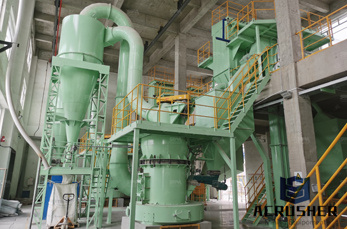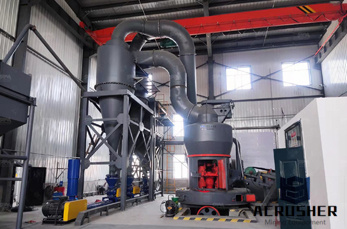 WhatsApp)
WhatsApp)
Metals tend to be good conductors of electricity because they usually have "free electrons" that can move easily between atoms, and electricity involves the flow ...

An easytounderstand explanation of what graphene is, how it''s made, and the sorts of things it might be used for in future.

Graphite is an electric conductor, consequently, useful in such applications as arc lamp electrodes. It can conduct electricity due to the vast electron ...

Electrolytes and electrolysis (General and Credit) (General) An electrolyte is a liquid which can carry an electric current through it. Ionic solutions and ionic ...

Electricity in Chemistry. Electrolysis is a process of breaking down a compound by electricity. An electric current is the flow of charged particles.

CHEMICAL BONDING Part 1 Introduction to Chemical Bond Formation. Doc Brown''s Chemistry Chemical Bonding GCSE/IGCSE/O/AS/A Level Revision Notes

The Motor Conductors and Magnetic Fields Magnetic field around a conductor. A circular magnetic field is generated around a currentcarrying conductor.

Vacuum Tubes and Radio Tubes Our specialty. We carry over 5,000 radio and vacuum tubes in stock every day and we ship world wide. Tubes for industry, music, ham radio ...

These solids are soft, non conductors of electricity and exist in gaseous or liquid form at room temperature and pressure. Their melting and boiling point is higher ...

Making electricity from a lemon is an experiment that all of us have done during out school time. However many people still ask how to make electricity from a lemon?

In the present era of scarcity of water resources, effective treatment of wastewater is a major prerequisite for growing economy. It is critical to develop and ...

Graphite (left) and diamond (right), the two most wellknown allotropes of carbon

1 Introduction to electrolysis electrolytes and nonelectrolytes Electrolysis is the process of electrically inducing chemical changes in a conducting

Mark Thompson dumped his plans for a gold mine to pursue a fortune in graphite, the same stuff used in pencils for centuries.

GCSE CHEMISTRY ELECTRICITY IN CHEMISTRY QUESTIONSHEET 2 CONTINUED (v) The word equation for the reaction that took place at .

Aluminum is manufactured in two phases: the Bayer process of refining the bauxite ore to obtain aluminum oxide, and the HallHeroult process of ...

A review of Carbon Nanotubes properties and applications based on their unique properties of aspect ratio, strength, thermal and electrical conductivity.

The creation of graphene, a wonder material that promises to transform the future, is already the stuff of scientific legend. As a piece of brilliant serendipity it ...

An easytounderstand introduction to iron and steel, what they are, how they''re made, the various different types, and how we use them.

Dec 29, 2009· Discovery / Science Channel''s "How It''s Made" Aluminum episode

Carbon is an incredible element. Arrange carbon atoms in one way, and they become soft, pliable graphite. Rejigger the arrangement, and — presto! — the atoms ...

Graphene Technology Applications. Graphene is closely associated with quantum physics. What is Graphene? This is the world''s first dimensional material.

Electrolysis of molten salts New substances form when a molten or dissolved ionic compound conducts electricity. For example, lead bromide can be used to produce ...

Tin is an element perhaps best known for its use in tin cans — which, these days, are almost always actually aluminum. Even the original tin cans, first introduced ...
 WhatsApp)
WhatsApp)